NASA MAVEN captures mesmerizing ultraviolet images of Mars
Stunning images of the red planet revealed by NASA MAVEN from different points along its orbit around the Sun.
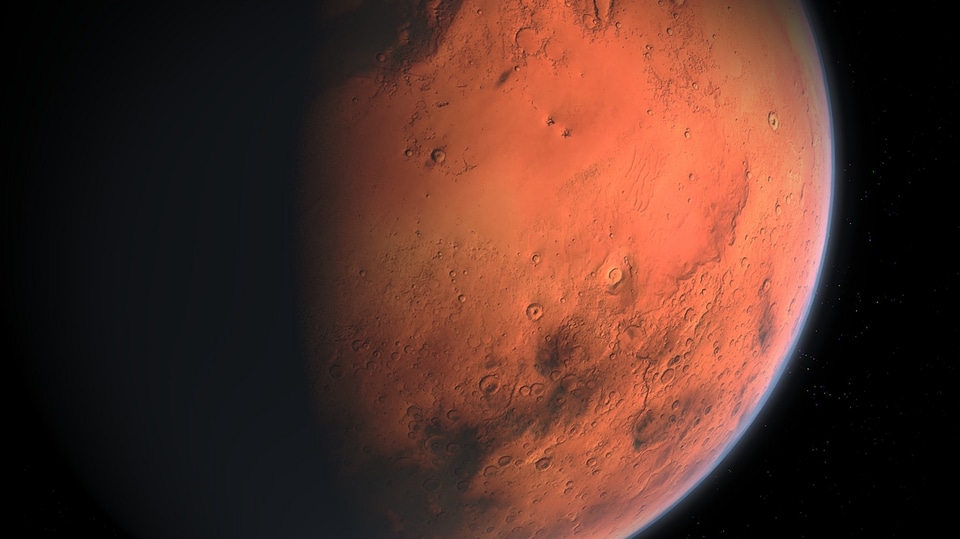

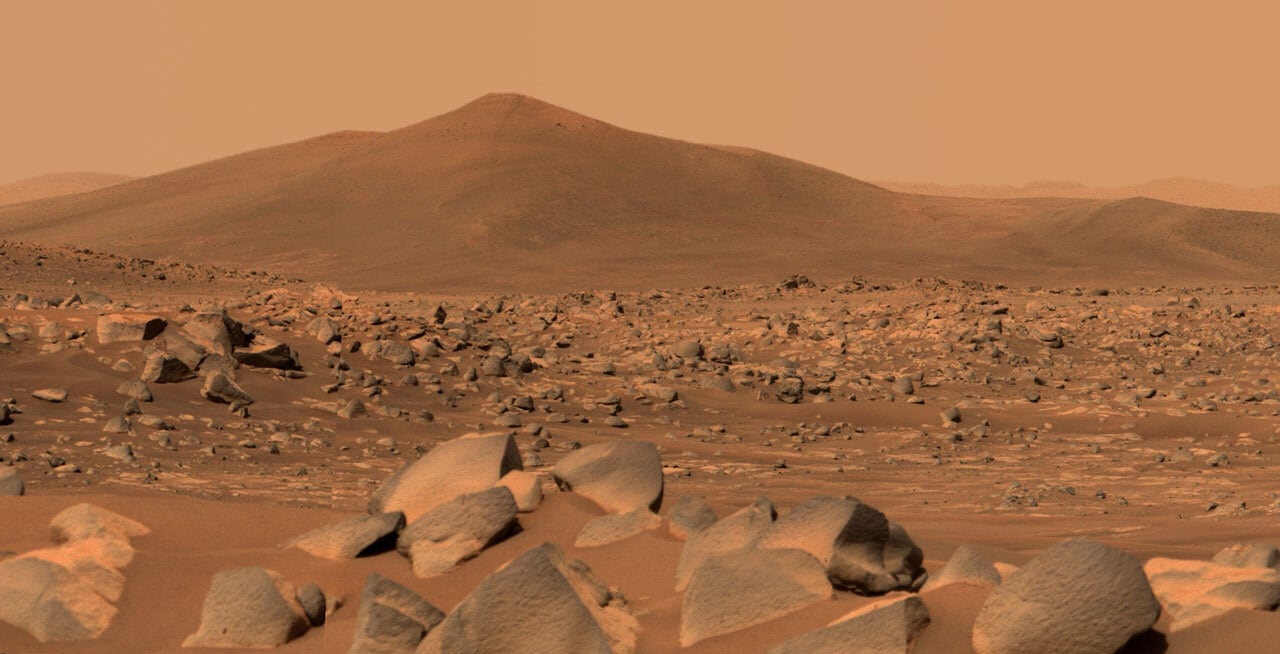

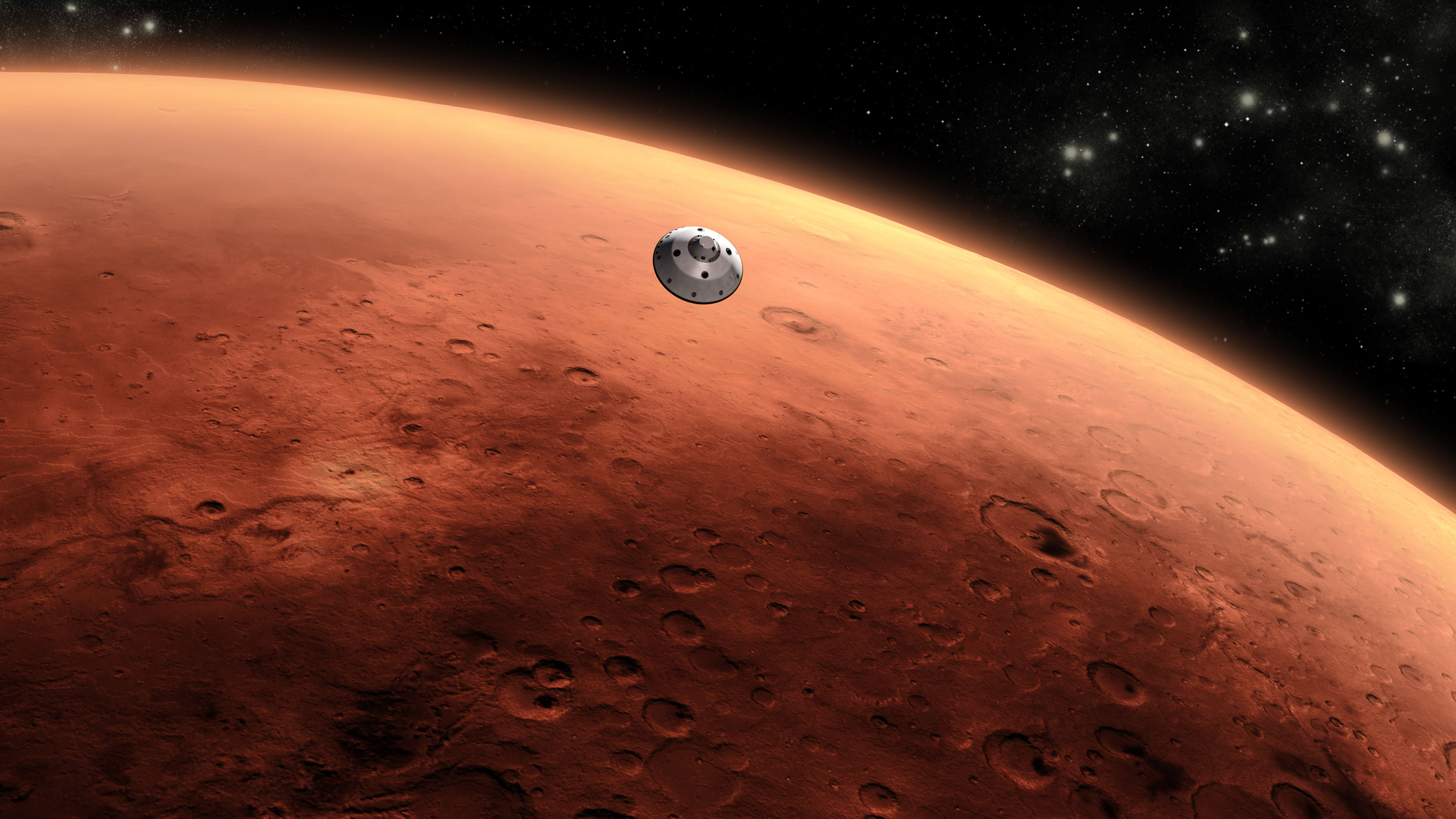
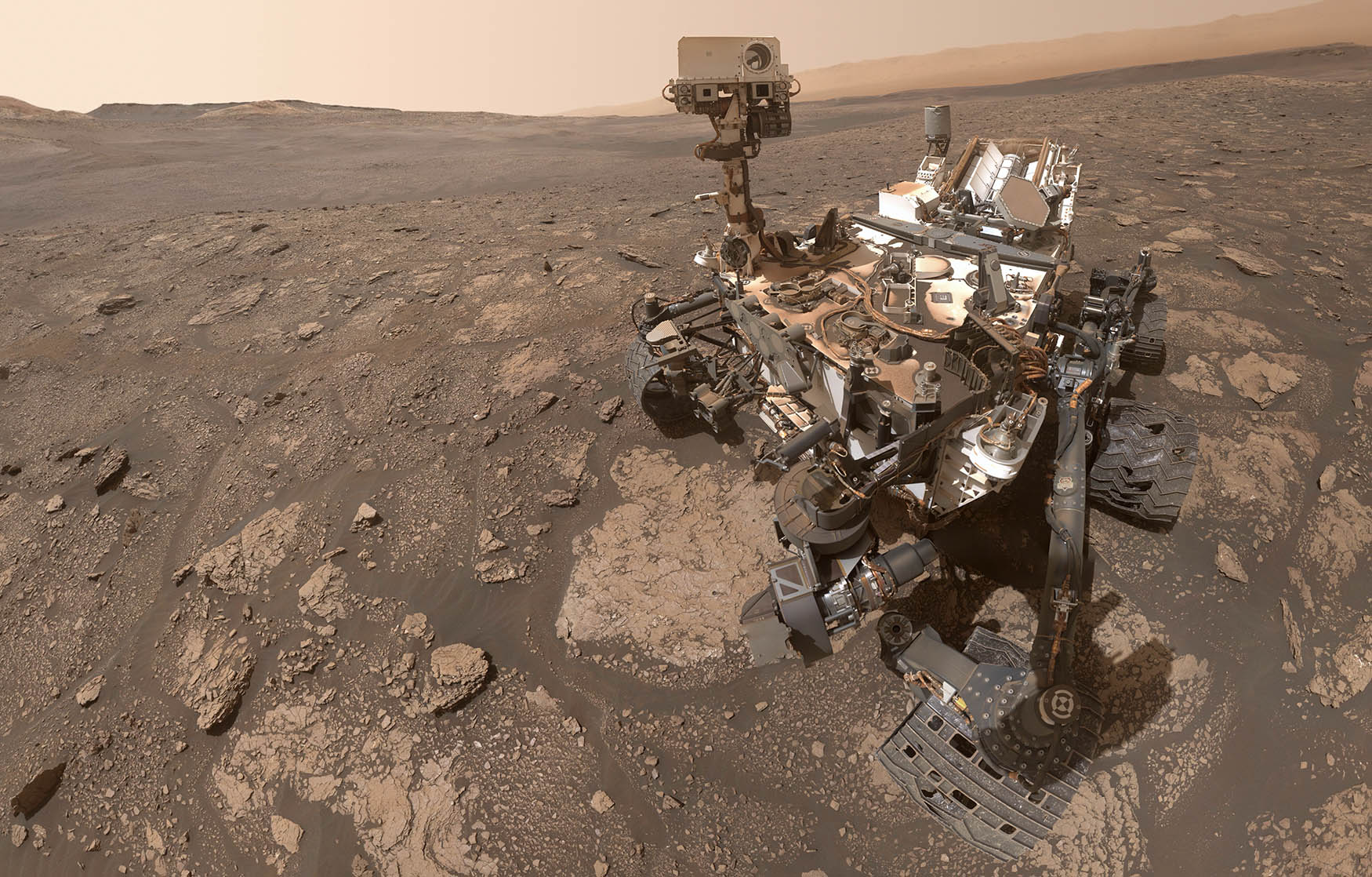
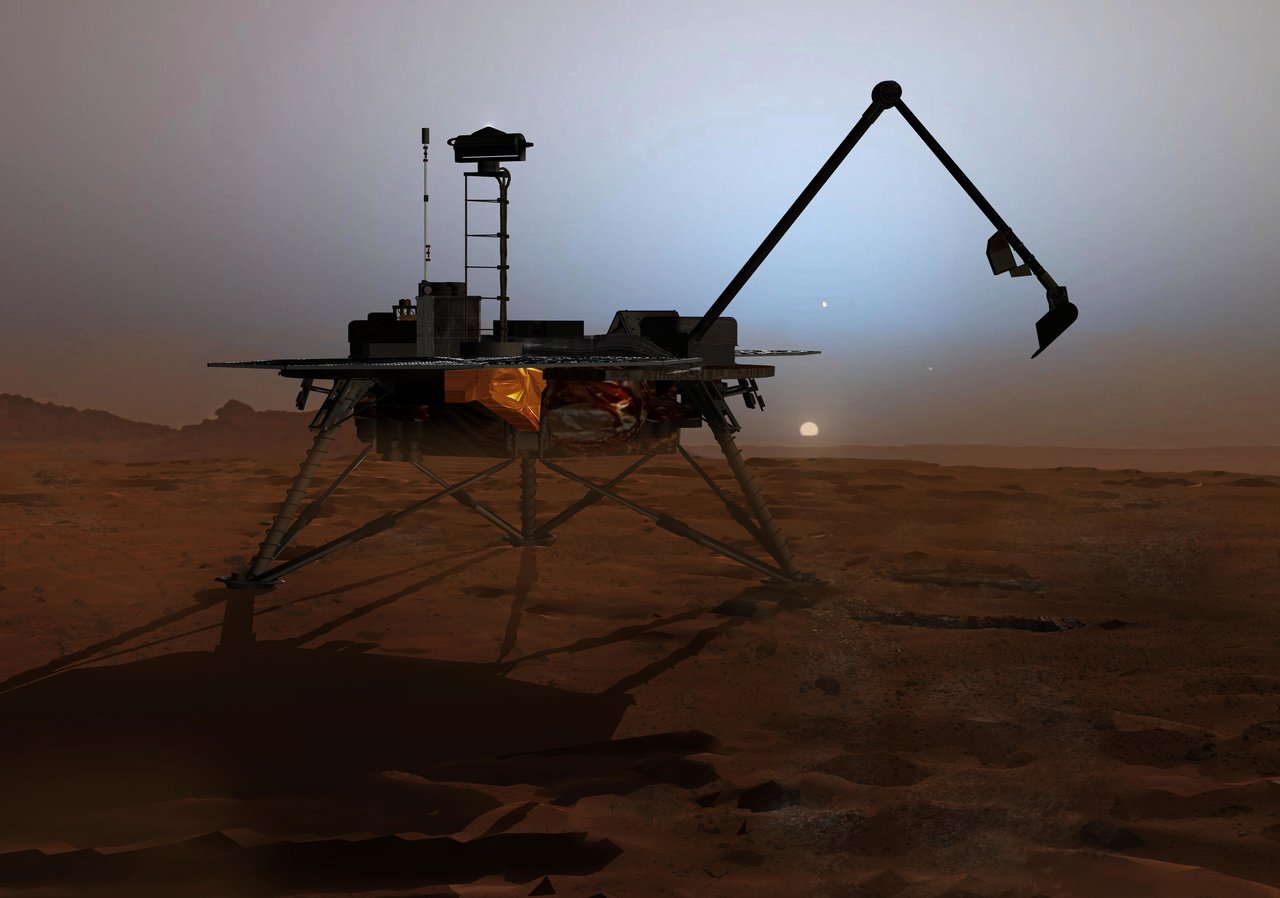
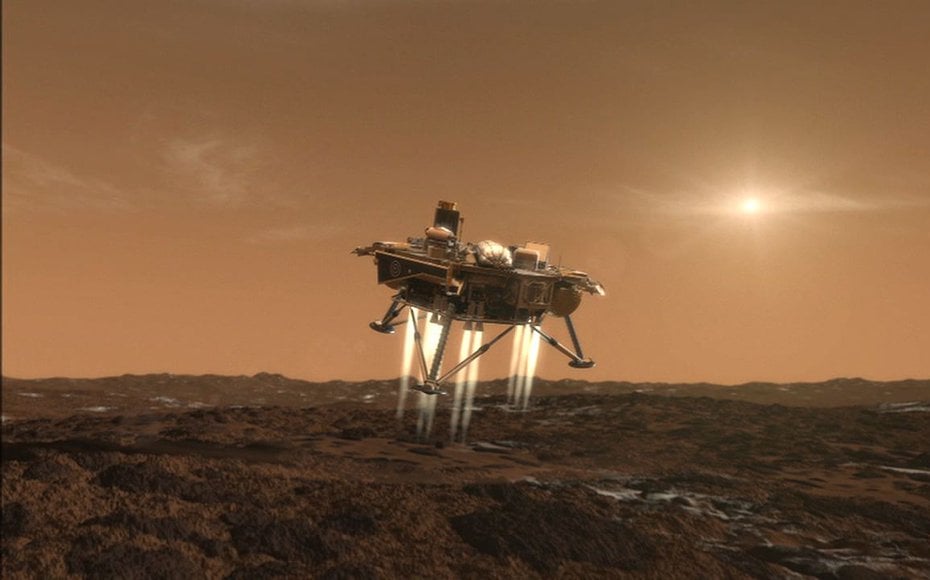
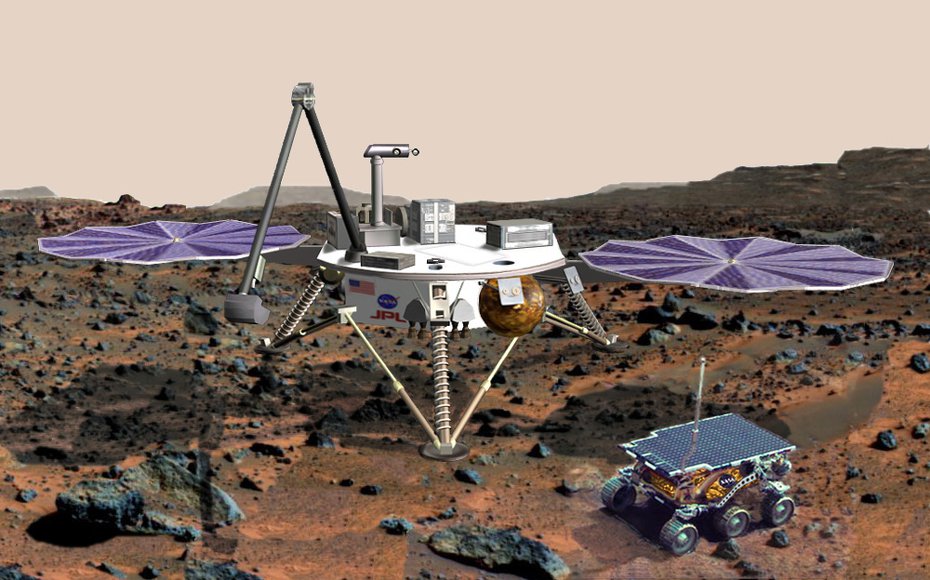


 View all Images
View all ImagesNASA's MAVEN has released stunning ultraviolet images of the red planet from different points along its orbit around the Sun. The ultraviolet wavelength images will help researchers discover atmospheric dynamics and examine surface characteristics in detail, Devdiscourse stated.
With the help of MAVEN's Imaging Ultraviolet Spectrograph (IUVS) instrument, scientists were able to capture clear images of Mars in two different seasons 2022 and 2023. To make the ultraviolet wavelengths visible to the human eye, a color scheme is used, where the distinct brightness levels of three ultraviolet wavelength ranges are transformed into vibrant shades of red, green, and blue.
Not only it helps us understand the different wavelengths but it also helps scientists to differentiate between atmospheric components and surface characteristics such as atmospheric ozone appearing purple, while clouds and hazes are white or blue.
There are two images that have been released from different time zones and positions so the difference can be interpreted. The first image was captured on July 2022, during Mars' southern hemisphere summer season. The image captures the Argyre Basin and Valles Marineris. The Argyre Basin is one the Mars's deepest craters, filled with a delicate pale pink atmospheric haze. Whereas, the breathtaking Valles Marineris, a complex network of canyons that attracts attention, dominates the top left portion of the image.
However According to Devdiscourse, due to summer, the southern polar ice cap is gradually shrinking. This study helped MAVEN to discover the greater loss of hydrogen from Mars.
After Mars reached its farthest distance from the Sun in January 2023, the second photograph was taken to get a glimpse into the northern hemisphere of the planet. The Valles Marineris canyons can be seen in tan at the lower left and the ozone in magenta during the winters.
Since 2013 and 2014, MAVEN has successfully given a new perspective to scientists to dwell deeper into Mars' upper atmosphere, ionosphere, and the intricate interplay between the planet and the Sun's solar wind.
Catch all the Latest Tech News, Mobile News, Laptop News, Gaming news, Wearables News , How To News, also keep up with us on Whatsapp channel,Twitter, Facebook, Google News, and Instagram. For our latest videos, subscribe to our YouTube channel.




























